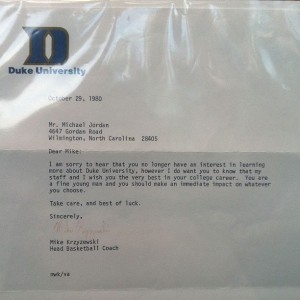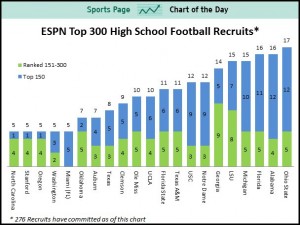The CEO of clothier Abercrombie and Fitch, Mike Jeffries, made some comments in an article that have set off women across the world! Here are some of the comments from the original article in Salon (By the way – the article is from January 2006! – but were brought to light by a local CBS news show looking to get reaction from women):
“In every school there are the cool and popular kids, and then there are the not-so-cool kids,” he says. “Candidly, we go after the cool kids. We go after the attractive all-American kid with a great attitude and a lot of friends. A lot of people don’t belong [in our clothes], and they can’t belong. Are we exclusionary? Absolutely. Those companies that are in trouble are trying to target everybody: young, old, fat, skinny. But then you become totally vanilla. You don’t alienate anybody, but you don’t excite anybody, either.”
To keep this going Huffington Post Blogger, Sara Taney Humphreys, wrote an open letter to Jeffries last week on their website – A message to Abercrombie’s CEO from a former Fat Girl (remember this was response to an article from 7 years ago!):
“My first thought was… Is this for real? Am I reading an article in The Onion or something? No. Sadly, this quote was actually uttered by a supposedly educated and successful adult.
My second thought was… Does this guy have kids? By all accounts, the answer is no. Thank God. Can you imagine having this insensitive man as your father? Clearly, he doesn’t have children because if he did, I can’t fathom that he would do what he’s doing….Shame on you for perpetuating the bully on the playground mentality, in the online community and with our youth. The message you are sending is reprehensible and an appalling waste of an opportunity. You could have chosen to use your power and position to promote tolerance and love. Instead, you chose to promote and validate bullies. Your campaign is telling our young people that it’s perfectly acceptable to exclude someone because of the size of their body.”
Thousands of women responded to the comments the same way as Ms. Humphreys. I’ll paraphrase the majority: “This guy is a jerk”, “He doesn’t get it”, “This is what’s wrong with America”.
I’ve never been able to wear A&F clothing – it’s not designed for me – short white guy, built like a fire hydrant. I get it. I wish I was a little bit taller, a bit skinner – but alas I’m comfortable with who I am and I’ve found stuff to wear. I have 3 sons – not all of whom fit the body type of an A&F shopper – but they to have made it through life alright not wearing overpriced A&F stuff. Because myself and my boys can’t fit into A&F clothing – I don’t think Mr. Jeffries is a monster. I think he’s an opportunist, who saw a segment and filled it. He wanted to attract a certain person to his establishment. He did this knowing it might fail miserably – those cool kids with the skinny bodies – might have hated A&F clothes. He took the risk of becoming exclusive and it paid off. Capitalism.
Think about this example as an employment brand (and certainly A&F is an employment brand). Do you want to be ‘Inclusive’ or ‘Exclusive’ in your Employment Brand? I know the majority of you will say “Inclusive, of course!” But a few will see the benefit of being ‘Exclusive’. Being an exclusive employer will definitely shrink your candidate pool, but it will shrink your pool to your target market (Enterprise Rent-a-car goes after college athletes and has found great success in that pool). If you like and have success with your target market – maybe an exclusive strategy is for you. It’s too easy to say “Inclusion” is the answer to everything. It’s not.


